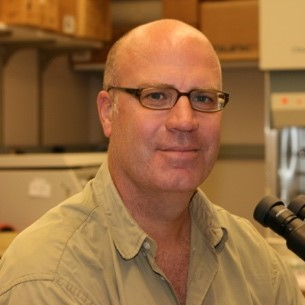The Role of Telomere Biology in Aging and Human Disease II
A special issue of Cells (ISSN 2073-4409). This special issue belongs to the section "Cellular Aging".
Deadline for manuscript submissions: closed (15 April 2022) | Viewed by 17495
Special Issue Editors
Interests: cancer genetics; somatic mutations; telomerase
Special Issues, Collections and Topics in MDPI journals
Interests: telomere; telomerase; genomic instability; cancer; DNA damage response; stem/progenitor cells
Special Issues, Collections and Topics in MDPI journals
Special Issue Information
Dear Colleagues,
Ground-breaking fundamental work in identifying and discovering the basic role of telomeres and telomerase has laid the foundation for a plethora of evidence that telomere biology plays multiple crucial roles in human health. Telomere biology has been implicated in major human biological processes from aging to cancer, cardiovascular disease, numerous heritable disorders, and other human diseases and disease-resistant states.
In this Special Issue of Cells, we invite your contributions, either in the form of original research articles, reviews, or shorter perspective articles on all aspects related to the theme of “The Role of Telomere Biology in Aging and Human Disease”. Articles with mechanistic and functional insights from a cell and molecular biological perspective are especially welcome. Relevant topics include but are not limited to:
- Telomere biology and cancer;
- Telomere biology and the environment;
- Telomere dynamics in stem and progenitor cells;
- Heritable telomere disorders;
- Modes of telomere dysfunction in human systems;
- Human telomere biology;
- Telomeres and aging;
- The role of telomeres in cardiovascular disease;
- Telomere biology and disease resistance (including tumor suppression) pathways;
- Telomere biology and the DNA damage response.
Prof. Dr. Rajiv Kumar
Dr. David Gilley
Guest Editors
Manuscript Submission Information
Manuscripts should be submitted online at www.mdpi.com by registering and logging in to this website. Once you are registered, click here to go to the submission form. Manuscripts can be submitted until the deadline. All submissions that pass pre-check are peer-reviewed. Accepted papers will be published continuously in the journal (as soon as accepted) and will be listed together on the special issue website. Research articles, review articles as well as short communications are invited. For planned papers, a title and short abstract (about 100 words) can be sent to the Editorial Office for announcement on this website.
Submitted manuscripts should not have been published previously, nor be under consideration for publication elsewhere (except conference proceedings papers). All manuscripts are thoroughly refereed through a single-blind peer-review process. A guide for authors and other relevant information for submission of manuscripts is available on the Instructions for Authors page. Cells is an international peer-reviewed open access semimonthly journal published by MDPI.
Please visit the Instructions for Authors page before submitting a manuscript. The Article Processing Charge (APC) for publication in this open access journal is 2700 CHF (Swiss Francs). Submitted papers should be well formatted and use good English. Authors may use MDPI's English editing service prior to publication or during author revisions.
Keywords
- Telomere
- Telomerase
- Cancer
- Aging
- Heritable disorders
Related Special Issue
- The Role of Telomere Biology in Aging and Human Disease in Cells (16 articles)







